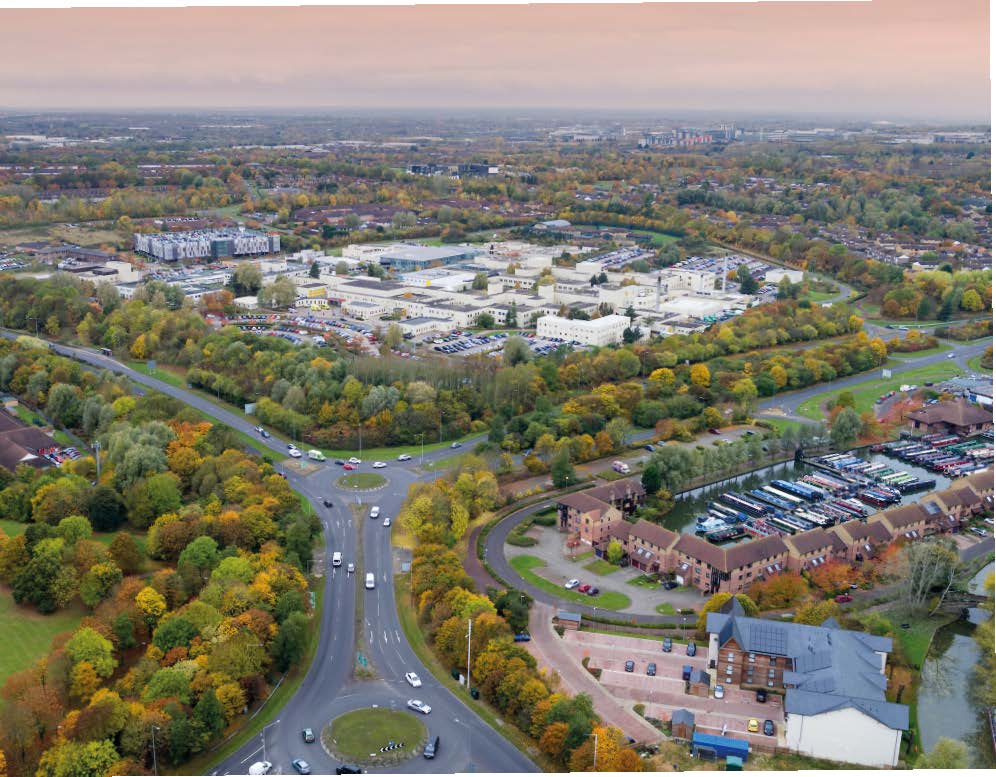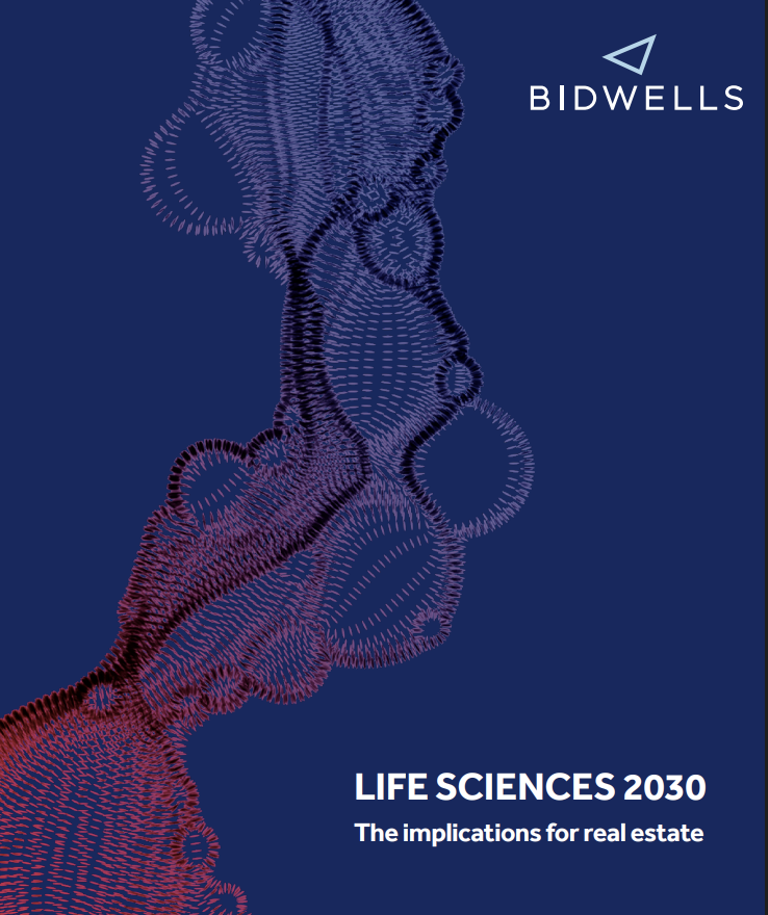Where to grow a life sciences business: 10 reasons why the Golden Triangle can be the world’s pre-eminent science supercluster
Jonathan Bainbridge, Partner - Planning, gives ten reasons why the Golden Triangle can be the world’s pre-eminent science supercluster.
Government’s recent backing of the Supercluster Board and Pan-Regional Partnership rightly gives hope to the renascent potential of the UK’s place on the scientific world stage. The Golden Triangle, after all, is one of the world’s leading concentrations of biotechnology and life sciences, with Milton Keynes home to an outstanding Digitech cluster, and Norfolk on its way to be a leading Agritech hub.

With the right tax and planning reform the potential investment into these high value industries will not only deliver economic benefit for all across the UK but enable us to be ready to combat the challenges of the future.
1. A collaborative and innovative life sciences ecosystem
An ecosystem in life sciences is a collaboration between different stakeholders such as biotech, pharma, academia, service providers, funding organisations, and universities. For a life sciences cluster to thrive, it must be driven by a network and be innovative, diverse, and accessible. The proximity of different organisations within the Golden Triangle makes it easier to collaborate and exchange ideas.
2. Higher environmental standards and long-term benefits
The Golden Triangle boasts high environmental standards in its buildings. It takes longer to get planning permission, but once built, these structures have a longer lifespan and are better quality in terms of carbon-capture and placemaking. Time is spent assessing ESG benefits to the employees and the wider community.
3. Enhanced transportation and accessibility.
The Golden Triangle has improved connectivity with the recent additions of new stations in Cambridge and Oxford; the completion of the Elizabeth line in London – the largest infrastructure project in Europe; and the commitment to deliver the significant economic opportunities to be unlocked by East West Rail.
4. Three cities with a global brand.
The Golden Triangle has a global brand of three global cities, which attracts international talent - especially in the life sciences industry. If I ask my Bidwells Residential colleagues, they’ll say 56% of all their lettings applicants are international. With a better quality of life, employment opportunities, safety, mobility, and education for families, it's no wonder people are flocking to the area.
5. Four of the top 10 universities.
The Golden Triangle boasts four of the top 10 universities, producing voracious and highly talented spin-outs.
6. Better value.
You get more for your money in the Golden Triangle. Buying a prime laboratory space costs half of what it would in Greater Boston, for example (if you can find the space – that’s the challenge!), and the cost of hiring scientists is lower.
7. Acute shortage of space preserves cash.
The Cambridge office and lab market has doubled in size in the past 20 years but, even so, there remains an acute shortage of space in the area. In Cambridge lab supply is still below 0.5% and requirements are now topping a million sq.ft., and office availability falling while demand increases.
Whilst Oxford is a more mature market, over the past three years knowledge intensive occupiers have accounted for 75% of office and laboratory take up, absorbing over 825,000 sq ft of floor space. Whilst office availability remains at 9.6%, there is a strong pressure for repurposing as leases come to an end.
But it’s this very inability to take space that will preserve cash for many businesses. In some comparable overseas clusters, businesses have been encouraged to take a lot of space very quickly - when markets turn, this can be a recipe to hit the wall a bit sooner.
8. Record investment in Cambridge and Oxford real estate in 2021.
In 2021 there was £1.1 billion invested in Cambridge and Oxford real estate, with activity heavily biased towards schemes with significant life science development potential, including a focus on repurposing office and retail assets. This floor space will take a long time to come through, but it is coming.
9. A stable environment with less staff turnover.
The Golden Triangle offers a stable environment with less staff turnover, making it easier to retain key staff members. It is a great place to start and grow a life sciences company before expanding to other areas.
10. The NHS
The NHS provides national-level data for R&D and AI, giving the UK an advantage over other countries with fragmented medical data. And the upcoming NHS digital Secure Data Environment will enhance data accessibility to accelerate the discovery of new treatments and plan for better services.
Our US friends are good at shouting about their successes – we need to take a leaf out of their book and be better at this.
We have some cabinet ministers championing the UK as a scientific superpower, like George Freeman (if you follow him on Linkedin, he’s prolific at championing the sector), but we - and our government - need to do more to promote the UK as a global leader.
Get in touch
Life Sciences 2030

We are witnessing an evolution of the life science sector both in the UK and internationally. Not only is the sector expanding rapidly but scientific developments are facilitating new techniques and product outputs.
Arc Market Databooks - read our latest research

Bidwells’ Arc Market Databooks, released twice-yearly, reveal key trends in office, laboratory and industrial supply, demand and rents, as well as transactional yields and key deals across Cambridgeshire, Oxfordshire, M1 South, Norfolk, Suffolk and London.

